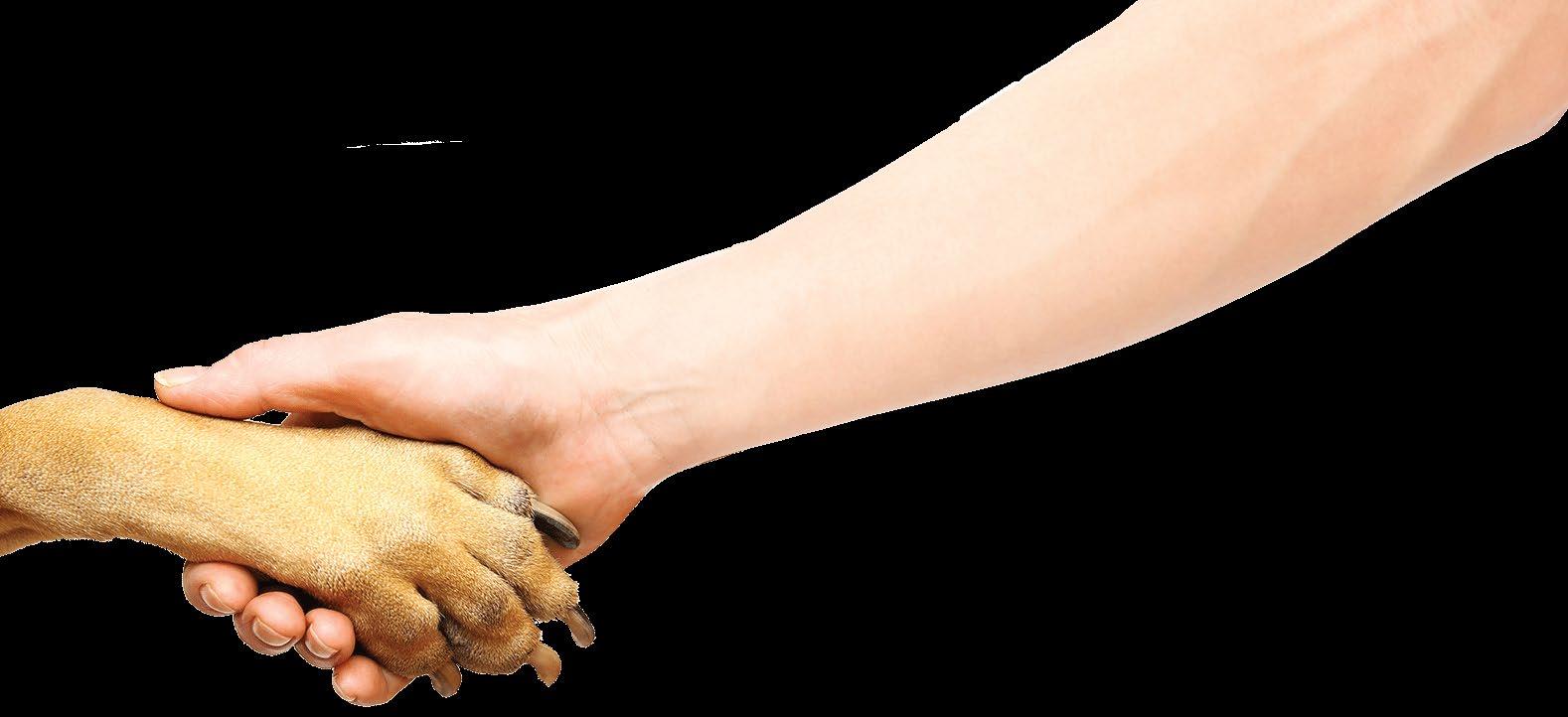
10 minute read
ARTHRITIS IN PETS
BY: COLE HAY FROM GREENSIDE ANIMAL HOSPITAL
Pet arthritis is usually associated with ageing Pets, whose bodies are not as tough as they used to be, and whose vitality aPPears to wane as their eyes cloud and their muzzles go white. however, it’s not only old dogs and cats who can suffer from arthritis – there are other risk factors as well. here’s what to look out for if you susPect an arthritic Pet, as well as how to helP imProve your Pet’s joints and lessen the Pain and discomfort associated with arthritis.
what is arthritis?
Osteoarthritis in pets is also known as degenerative joint disease (DJD) – a name that gives some insight into the condition. It gets progressively worse over time and occurs when joint cartilage breaks down and no longer cushions the joint as effectively as it should. This causes inflammation and pain in the limbs, which in turn limits the pet’s range of motion. They may slow down, limp, show unwillingness to jump up or down from furniture or ascend and descend the stairs – all in an attempt to minimise the pain in their joints from performing their usual movements. With less movement, the animal’s muscles also begin to atrophy, which – without the muscular support – puts even more stress on the joint. They may also develop bone spurs where the cartilage used to be, which makes the joint incredibly painful.
what are the risk factors for Pets develoPing arthritis?
Arthritis could be a symptom of genetic conditions like hip or elbow dysplasia, as well as medical conditions that affect the joints. It can also develop when other risk factors are present, such as obesity, repetitive stress (from dog sports or working conditions), age, poor nutrition, or previous bone or ligament injuries. In canines, the size of the dog is also a risk factor for arthritis: large and giant breeds are particularly prone to developing arthritis, especially if they jump up into or down from vehicles, or on and off the furniture.
In felines, some cat breeds are more genetically likely to develop arthritis. Breeds like Maine Coons, Persians and Siamese are prone to hip dysplasia, so they may show arthritic symptoms; while the Scottish fold breed is genetically susceptible to cartilage problems, so many will develop severe arthritis in multiple joints. Some older cats may develop a pituitary tumour (acromegaly) of which one of the symptoms is arthritis (usually also diabetes).
signs of arthritis in dogs and cats
As you could expect from a condition that causes pain in the joints, the main sign of arthritis is a limited range of motion in the pet. It could look like stiffness at first, but also include signs like limping and lameness, and slowness or difficulty in getting up or lying down. Dogs especially may whimper or let out an exhaled grumble when they find the right spot on their bed and lie down. Many pets will mask their pain, but could become irritable, be unwilling to jump or play, be reluctant to run, or react negatively when they are touched or petted. Some may even lose their appetite. It may also be too difficult for them to posture for a pee or poop; and if the pain is severe, they might not make it outside in time, so having accidents indoors is another possibility.
The secondary symptoms of arthritis may show up a result of a limited range of motion. These include weight gain and muscle atrophy around the spine and limbs because of less movement and exercise. In cats, they may reduce the amount of grooming they do because all those awkward positions could cause them pain. Some may spend more time grooming, trying to soothe their joints. Their claws may be overgrown because of a reduction in activity and the flexibility required to claw at cat scratching posts and tree bark.
how does the vet diagnose arthritis?
In the early stages of arthritis or degenerative joint disease, the condition is difficult to detect because the pet may initially try to hide any pain or discomfort they are feeling. The moment you see that something is up with your dog or cat, a veterinary visit is in order to determine the cause of their change in behaviour. The vet will palpate the dog or cat’s joints to see how they respond to any pain, assess their muscle condition, observe their walking movements, and take X-rays to confirm any suspicion of arthritis or DJD. X-rays can also rule out any other conditions that may have similar symptoms.
how is arthritis treated?
The earlier arthritis is diagnosed and treatment can begin, the better. The further the disease progresses, the more cartilage is damaged and lost, and cartilage cannot be recovered or replaced. Treatment protocols focus on protecting all remaining cartilage, reducing further degeneration, as well as managing the pet’s pain and inflammation. The type of treatment the vet prescribes will be based on various conditions such as the pet’s age and how far the arthritis has advanced.
• joint suPPlements containing
glucosamine, chondroitin and greenlipped mussel extract have been proven to support joint health, to the extent that these ingredients are included in most premium pet foods recommended for senior pets. For many ageing pets, a supplemented diet is enough to keep the arthritic symptoms at bay for a while.
• Physical theraPy is an
important treatment option as this helps to reduce pain, maintain muscle mass, increase flexibility and improve the pet’s overall condition. From hydrotherapy, heat and cold therapy, laser therapy and transcutaneous electrical nerve stimulation (TENS), to massage, acupuncture (may not be appropriate for cats), stretching and chiropractic care. There are many physical therapies worth exploring if arthritis is diagnosed early enough.
• non-steroidal anti-inflammatory drugs
(nsaIds) are routinely prescribed for pain management in arthritic pets as they also reduce the inflammation associated with cartilage loss and joint damage. However, prolonged use of NSAIDs may have negative side effects, so the vet will need to monitor the pet’s bloodwork or prescribe other medication to reduce nerve response, muscle relaxants or opioids. Each pet’s pain management will be different and needs to be advised by the vet.
• joint injections in the form of glycosaminoglycan (Adequan) can provide very effective short-term treatment, but their long-term use needs to be discussed with the vet, depending on how far the arthritis has progressed. These injections are very expensive, but when administered early enough, they may be able to slow down the progression of the disease.
how Pet owners can helP to ease their Pets’ arthritic Pain while it may be imPossible to magically eliminate our beloved Pets’ Pain, there is a lot we can do to reduce our ageing and arthritic Pets’ Pain and to Protect their joints. • manage your Pet’s weight A high-quality pet
food, that is appropriate for your pet’s life stage and condition, is critical as it is tailored to give your pet the best nutrition to support their physical needs. Giving your pet enough exercise and playtime will help to keep their muscles in good condition and support their bones and joints. It will also help to prevent obesity and to reduce any unnecessary strain on your pet’s joints.
• a high quality Pet bed Orthopaedic mattresses made of memory foam and other supportive materials will greatly reduce the pressure on your pet’s achy joints. Memory foam also retains the resident pet’s body heat, providing a kind of passive heat therapy for arthritic joints.
• daily low-imPact exercise As counterintuitive as it may seem for pets with painful joints, exercise is very necessary to not only build/maintain supportive muscle, but to prevent joints from becoming too stiff.
• massage After exercise, give your dog or cat a gentle massage (or book an appointment for a professional pet treatment) to relax them, improve circulation, facilitate healing, and even improve flexibility. Pet massage is a wonderful aid for pain management as well.
• home comforts From non-slip floor coverings and non-slip booties, to car and furniture ramps and steps, as well as raised food and water bowls, there are many ways you can make your home more comfortable for your arthritic pets. In the later stages of arthritis, slings and harnesses can also be used to assist dogs during elimination or simply getting up out of bed.
Pets with arthritis need ongoing veterinary care to ensure they are as comfortable as possible, and to ensure their care is specific to their individual condition. For any advice or advanced treatment options, your vet should be able to provide you with the most appropriate recommendations for your beloved furry or purry friend.

Mamma Mia
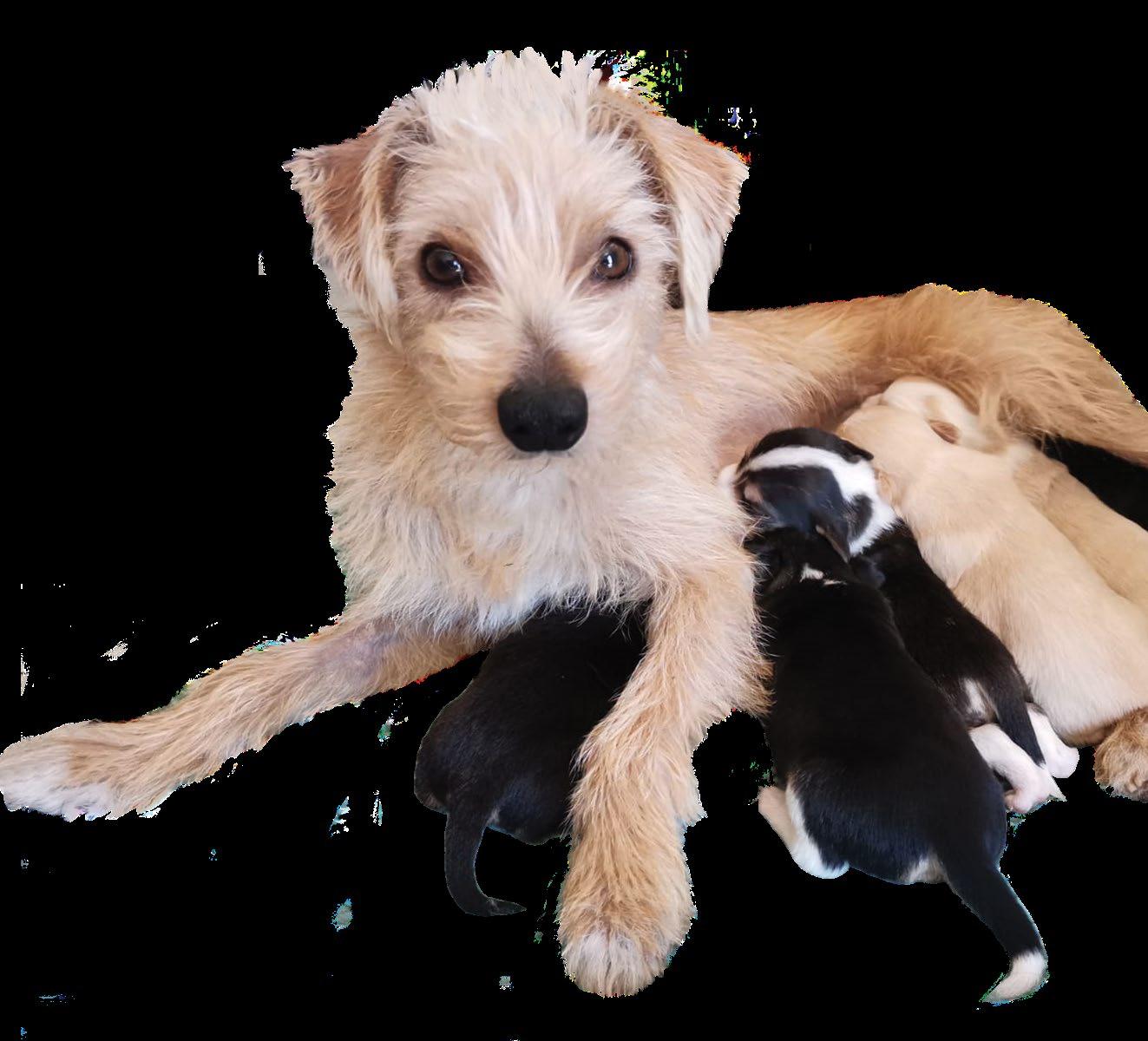
27 Sept 2021 17h54 Callout to
Scottsdene, Kraaifontein
‘Waar is julle? Ek is oppad!’
And so began the journey of 7-month-old #iamMia. She had already safely born 3 healthy puppies, but the critical period of intrauterine sepsis began 15 minutes after that baby died inside of her. The owner was unable to confirm whether or not there were other live babies still in the canal. Dione Bekker and I did the emergency run to and from Scottsdene in peak hour traffic. We found Mia – she was pale and exhausted on a squalid cement and sand 2x1m kitchen floor. Mia was immediately rushed to the only available vet - TAH 24/7 where her admittance deposit was R1300 and her subsequent quote for emergency cesarean and sterilization estimated at R12 000. Her owner then ‘gifted’ Mia to Grace Animal Sanctuary. At 23h00, a further 3 live puppies were delivered safely, and Mia was placed into foster care with the Lyons family in Durbanville with her 6 surviving puppies. Under the love and care of Becca and Maxine Lyons, both the litter and Mia thrived without further complications, and now 8 weeks later, all but one puppy has found their forever home. Mia went first, surprisingly, as momma dogs are always the last to go. She finds herself on a magnificent farm in Swellendam where she runs freely and returns on recall after only being home for 24 hours. Each home check was meticulous (a few declined) until we found the absolute perfect home. The remaining female puppy #iamMiela - well we shall see - she may well become a foster fail and remain in the home of the Lyons sisters unless even more perfect comes along. MammaMia being what we can only presume is a yorkie type x breed with a severe overbite, bore 6 healthy puppies. She was severely malnourished and badly riddled with external and internal parasites, but her overall immunity was excellent, and the babies traveled through their first 2 months without a hitch. 22
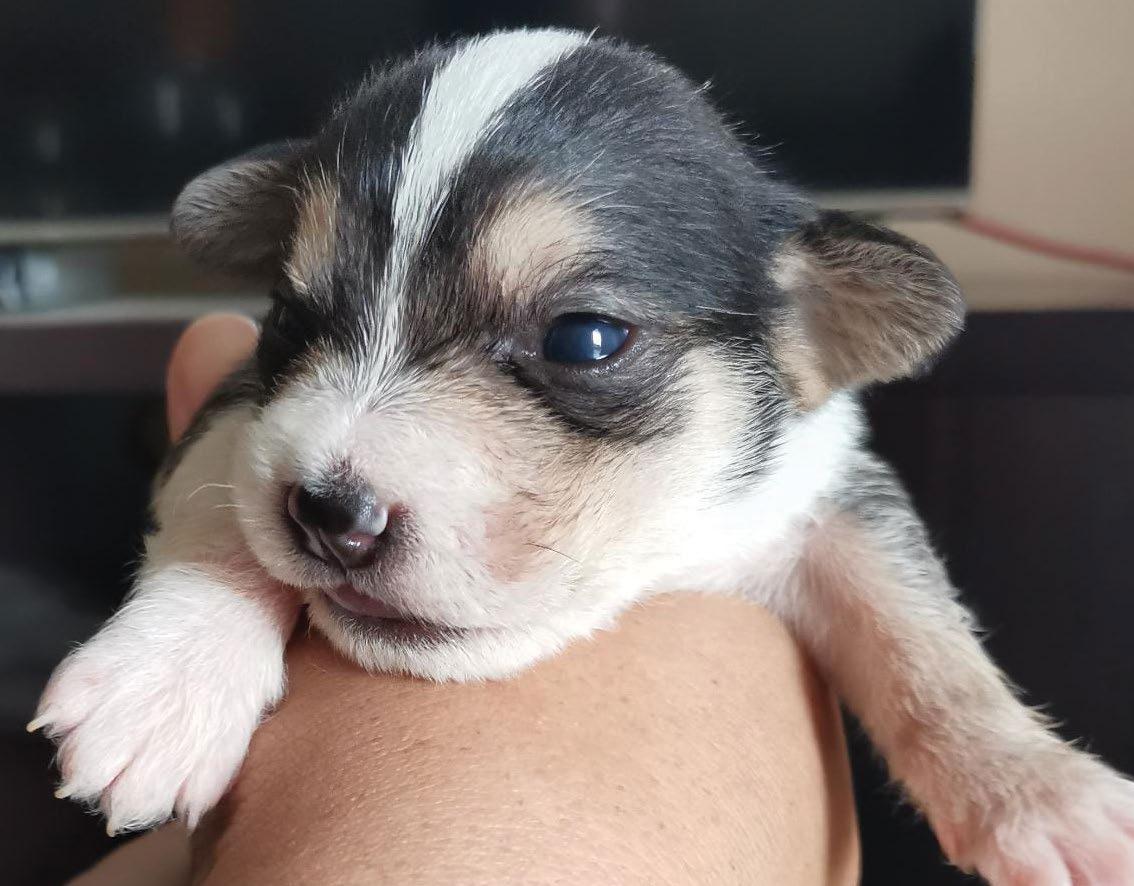
The first born was a little girl we named Meeka. A blond and cream powder puff. Mulan was next - a rather fat little tricolor female, and the first boy was Max, who resembled a yorkie from birth. The 3 tiny puppies who were trapped for so long were under 80g each, and although we feared most for the survival of tiny Mason, there were no such qualms about his sisters, Miela, (another blond bombshell) and Miley, another yorkie lookalike. As the weeks progressed, the two blonds grew steadily more like mini-Maltese pups, while the other 4 siblings sprouted the telltale whiskers of “steekbaardjies”. We are very grateful for a happy ending for this beautiful little family!
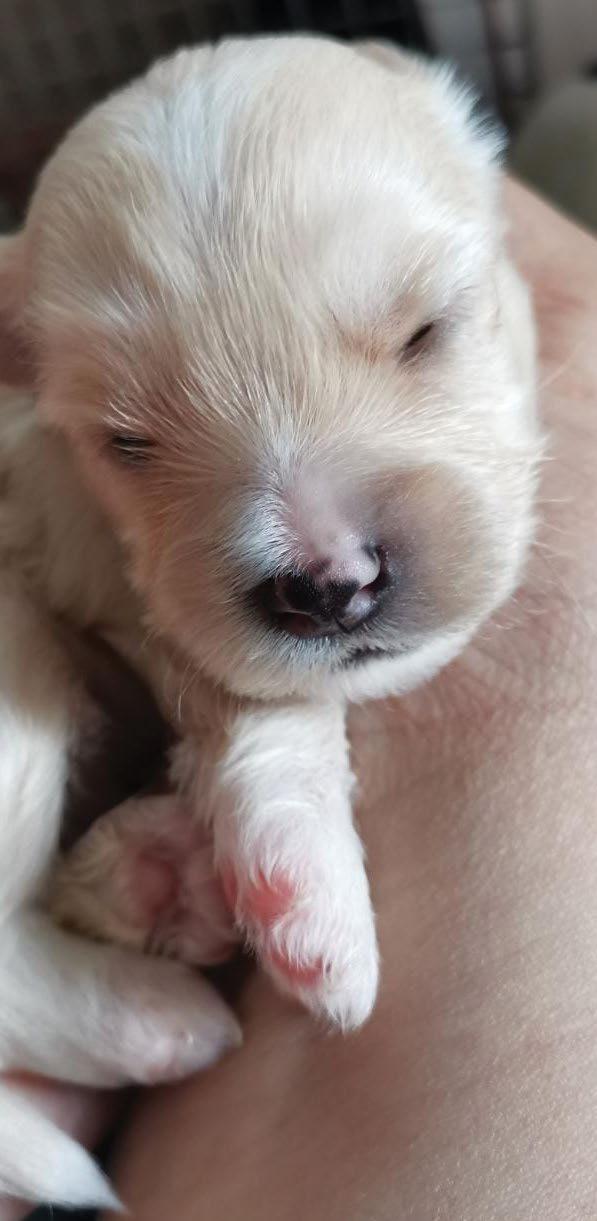
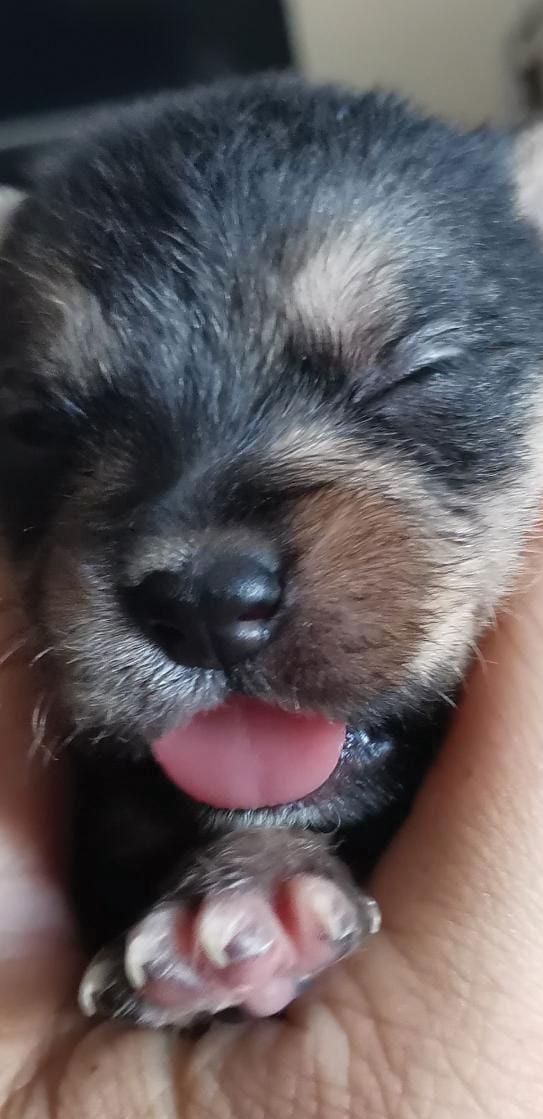
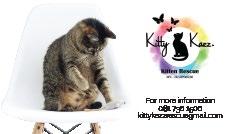
doggie daycare
Every dog deserves daycare! From socialisation, education and exercise daycare offers your four-legged family member the ultimate environment to explore and expand.
What we offer:
Play Sleep Grooming Pick Up
www.bow-wow-pets.com | 083 206 9969 | 21 Barron St, Woodstock, Cape Town, 7925
Pet Portraits and more....
082 832 4642
siggibaars@gmail.com www.siggibaars.wix.com/siggib










